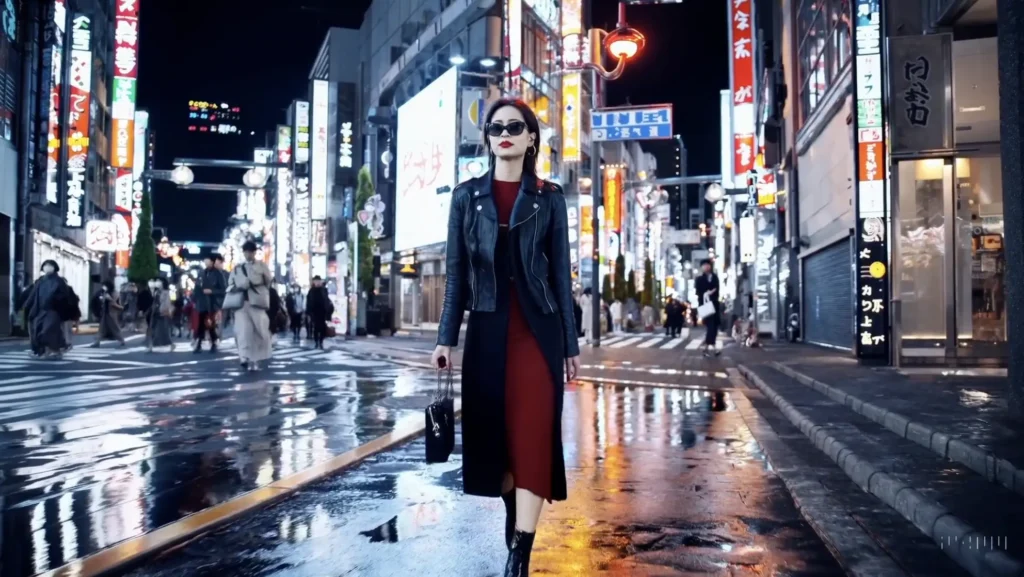OpenAI, a name synonymous with groundbreaking AI technologies like DALL-E and ChatGPT, has once again captivated the tech and creative worlds with its latest marvel, Sora. This AI-driven tool isn’t just another addition to the family; it’s a revolutionary leap towards blending the art of storytelling with the precision of machine learning, creating realistic video content from textual prompts.
A Glimpse into Sora’s World
Sora, OpenAI’s text-to-video model, is designed to transform written descriptions into vivid, lifelike video clips. From the bustling streets of a snowy Tokyo, where cherry blossoms and snowflakes coexist, to the animated wonder of a fluffy monster beside a red candle, Sora’s capabilities hint at an unprecedented level of realism and creativity in digital content creation. This technology promises to extend the boundaries of traditional filmmaking, offering tools that could potentially democratize high-quality video production.
Capabilities and Real-World Applications
What sets Sora apart is not just its ability to generate photorealistic scenes but also to understand and execute complex prompts that involve dynamic movements, detailed environments, and emotional expressions. This AI can produce longer clips than most existing models, up to one minute, with examples showcasing impressive feats like a convincing view of Tokyo and Pixar-esque animations. Furthermore, Sora’s prowess extends beyond mere animations to creating game environments and potentially simulating digital worlds, as demonstrated through a Minecraft video generated by the AI.
Challenges and Ethical Considerations
Despite its impressive capabilities, Sora is not without its limitations. The model struggles with certain aspects of physical reality, such as accurately simulating physics or maintaining continuity in actions, like a bitten cookie retaining its whole shape. These challenges highlight the intricate balance between AI’s creative potential and the fidelity of its output to real-world logic.
Moreover, the advent of Sora raises pertinent ethical questions, especially regarding copyright infringement and the potential for generating deepfakes. OpenAI is cautious, implementing safety measures and restrictions similar to those for DALL-E 3, to prevent misuse. Yet, the broader implications of AI in content creation, including the displacement of creative jobs and the generation of misinformation, remain areas of concern and debate.
The Future of AI in Creativity
As Sora moves from a research product to a tool available to creators, it represents a significant step forward in AI-assisted content creation. The technology invites us to reimagine the process of filmmaking, video production, and even gaming. While it may not replace human creativity, Sora offers a new medium through which ideas can be visualized with stunning realism, potentially lowering barriers for aspiring creators and enhancing the visual storytelling landscape.
However, as we marvel at the possibilities, the conversation around ethical AI use, copyright respect, and the impact on creative industries becomes ever more critical. OpenAI’s journey with Sora underscores the delicate dance between innovation and responsibility, a theme that will undoubtedly continue to shape the evolution of AI technologies.
As we stand on the cusp of this new era, one thing is clear: Sora is not just a tool but a harbinger of the vast, uncharted potential of AI in enriching human creativity. The path forward is both exhilarating and fraught with challenges, but the promise of AI like Sora in unlocking new dimensions of storytelling and artistic expression is undeniably compelling.

